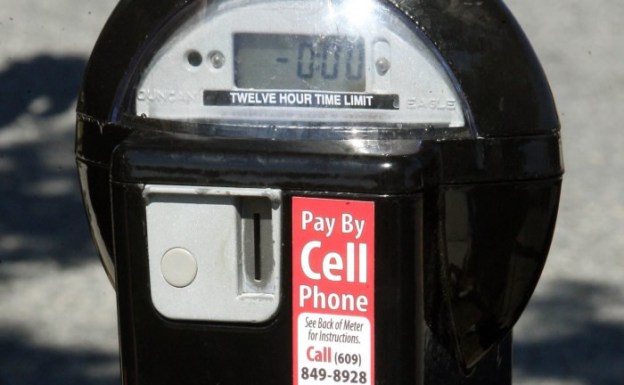
New York City is rolling out support for a Web-based initiative that ties text messaging and smartphone apps into making payments on expiring parking meters. After registering online and putting a credit card number on file, residents and visitors to the Big Apple will be able to send a text message with the meter number and purchase time for that meter. The city will also provide access through an app if users are on a smartphone, although text messaging works as well. The city is rolling out initial support for 300 parking meters that will be tested over a one-year pilot program in a busy commercial area in the outer boroughs.

It’s also possible that this level of technology could offer refunds to people leaving before the parking meter expires. With another text, a driver could “check-out” of the parking space and request a refund from the city. Washington D.C. and Atlanta have already launched these meters. In Atlanta, drivers can register over the phone when parking, but have to provide a license plate as well. When they leave, drivers call the number again and they are only billed for the time between the two calls. The city of Atlanta also offers access to a prepaid system if users don’t have a credit card or aren’t comfortable providing that number over the phone.


